

Digital Equipment Cooperation (1)
USA, 1957 - 1998

1957

In 1957 Kenneth Olson and Anderson started the Digital Equipment Cooperation in Maynard, Massachusetts, USA. They wanted to make "programmable machines for users, not just for specialists."
1959
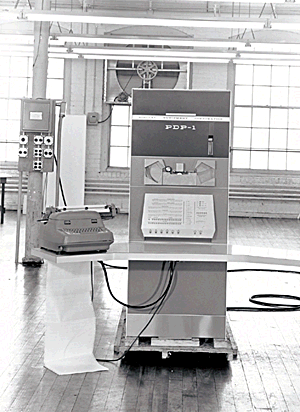
-
Start of the PDP-1, %quot;Programmed Data Processor". It was a 18-bit computer using an instruction set of 28 instructions. Price: $120.000. It was the first small, real-interactive computer in the world. The first machine was sold in 1960.
1964
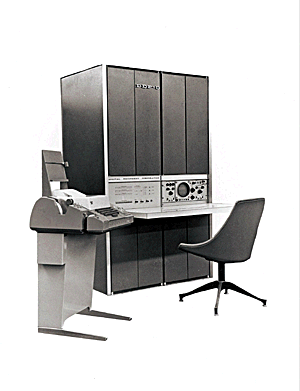
- Start of the PDP-5, "Programmed Data Processor". It was a 12-bit computer. Price: $27.000, a very low price for those days. More then 1000 machines were sold.
-
1965
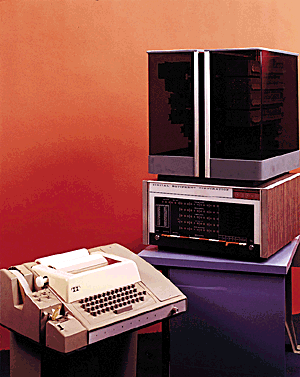
- Start of the PDP-8. This 12-bit computer was specialy developed for the industry and development labs. The computer was a major success, more then 50.000 were sold for a price from $18.000, so this was the first mass-produced computer ever.
Time-sharing was introduced in 1968 for the PDP-8.
1970
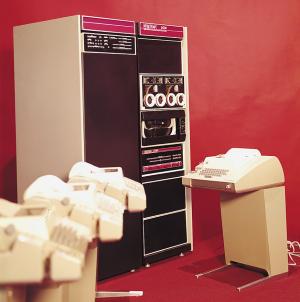
- A new revolution: the PDP-11. This 16-bit computer used a new concept: the UNIBUS.
- Operating Systems for the PDP-11 series:
1972

- Introduction of the DEC Datasystems for administrative purposes.
DEC-20
1977
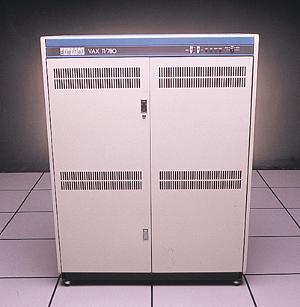
-
Introduction of the VAX-11 architecture. The adress space from the PDP-11 was too small for a lot of applications. The VAX series (Virtual Address eXtension) increased the address from 16 to 32 bits. The number of general registers also doubled from 8 to 16.
-
A new Operating System, VMS (Virtual Memory System) was released a year later. This system was developed in parallel with the VAX architecture.
1992
- Introduction of the 64-bit Alpha processor, running under VMS.
1998

- Compaq Computer announces the acquisition of Digital Equipment Corporation for $9.6 billion; the merger creates the second-largest computer company in the world, with revenues of over $37 billion.

 |
Last Updated
on
December 3, 2003 |
For suggestions please
mail the editors |
Footnotes & References
![]()












![]()